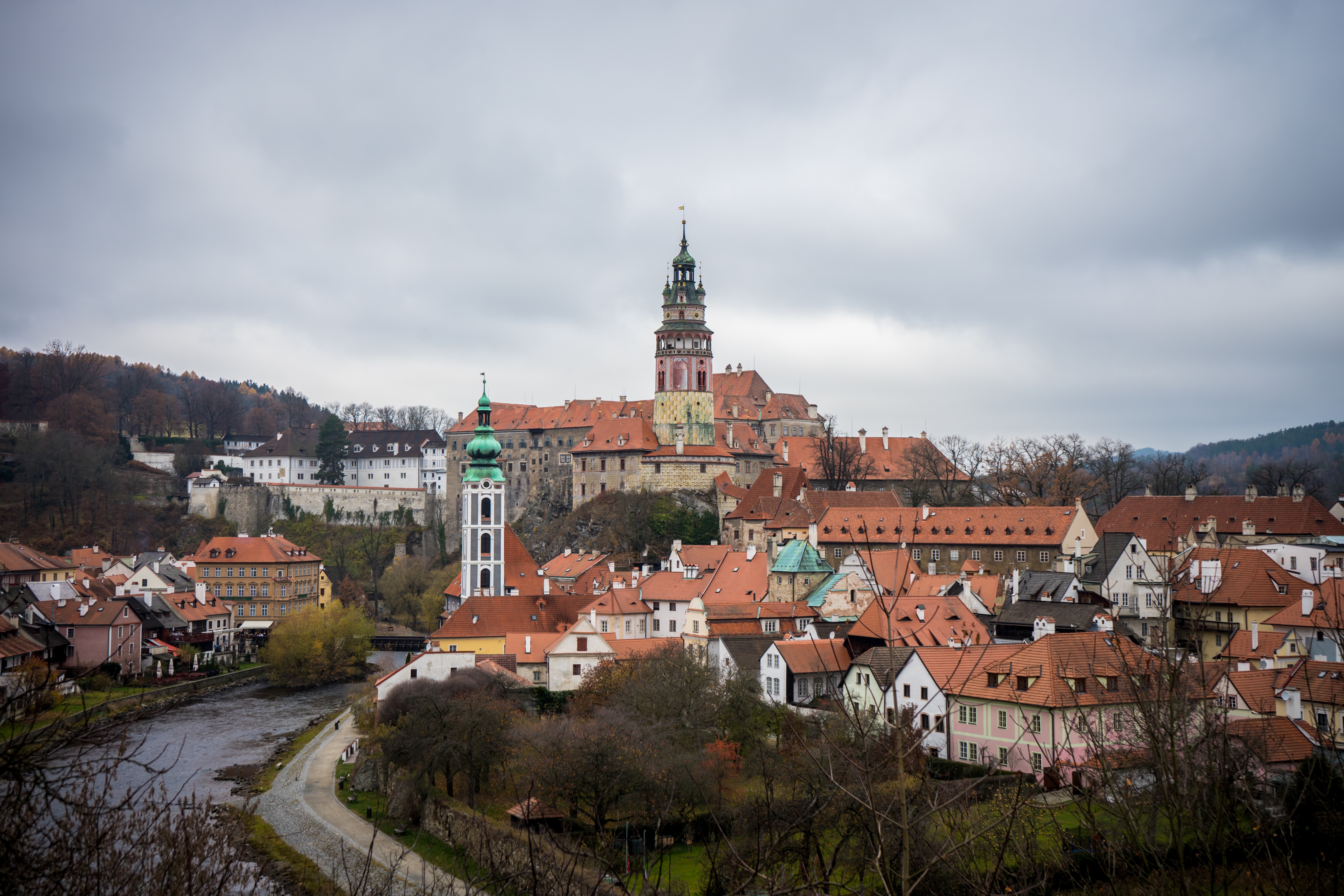Nestled in a bend of the Vltava River, Český Krumlov — or Krumau in German — is a living tapestry of Central European history. First mentioned in the 13th century, the town grew around its majestic castle, which remains one of the largest and most beautiful in the Czech Republic. Built by the Vítkovci noble family and later expanded by the influential Rosenberg dynasty, the castle became a symbol of power and prestige, dominating the landscape with its towers, courtyards, and Baroque theatre.
Throughout the Middle Ages and Renaissance, Český Krumlov flourished as a cultural and trade center. Its strategic location on old trade routes brought prosperity, and noble families invested in the arts, education, and architecture. The town's well-preserved Gothic, Renaissance, and Baroque buildings reflect this golden era, giving visitors a sense of stepping into a bygone world.
During the 17th and 18th centuries, the Schwarzenberg family took ownership of the town and castle, adding Baroque and Rococo touches that are still visible today. Though Český Krumlov's importance faded during the Austro-Hungarian Empire and later under Communist rule, its historic core remained remarkably intact.
After the Velvet Revolution in 1989, Český Krumlov underwent significant restoration. In 1992, it was designated a UNESCO World Heritage Site, recognizing its exceptional historical and architectural value. Today, the town is a gem of European heritage, where cobbled streets, ancient walls, and riverside charm invite visitors to walk through centuries of history.




